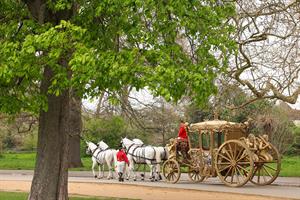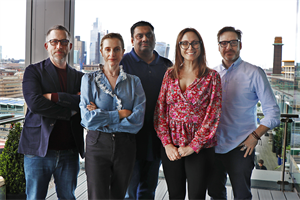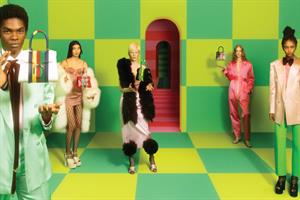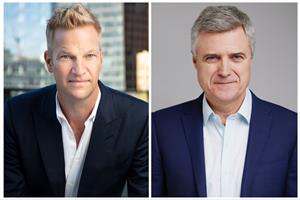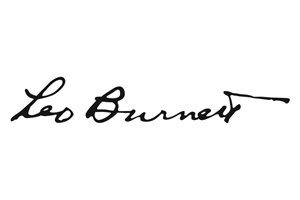

Brand
Uber
"Where lifestyle meets logistics."
-
Established
2009
-
Number of staff
n/a
-
Head office
San Francisco, California
-
Sector
Travel
Milestones
About Uber
As with so many breakthrough business ideas, Uber was created in response to the US founders being frustrated with the status quo. The two of them, Travis Kalanick and Garrett Camp, were in Paris in 2008 and couldn’t find a taxi. Worse still, it was snowing. While waiting, they came up with a simple but market-disrupting idea: what if we could just tap a button and get a cab immediately? And, thus, Uber was created in 2009.
It started out as an app that linked with premium cars in a select few cities. Now, Uber operates in more than 400 cities in 60 countries worldwide, reportedly makes 1000 journeys per minute and is open to any driver with a private-hire licence and a suitable car. In fact, if you don’t have a car, Uber will help you access special deals on car rentals and financing.
While Uber strongly pushes its community-oriented credentials and the fact that it offers drivers a new, flexible way to work, it has come under hefty scrutiny for alleged exploitation. Amid high-profile, negative media coverage, the brand has had to fight labour lawsuits filed against it by disgruntled drivers who felt they were badly treated. Hillary Clinton even alluded to Uber in a major speech last year when she criticised the “on-demand economy” for creating a situation where workers are “misclassified” as contractors and so unfairly stripped of basic employee rights.
Uber hired former Barack Obama campaign manager David Plouffe in 2014, handing him a brief to court the press and regulators. One of his major challenges is to repair the damage caused by chief executive Kalanick’s at times forthright and overly assertive manner. However, when Marketing interviewed Kalanick last year, he insisted he had learned much over the past few years, particularly about the importance of “telling the brand story”. This new prioritisation of communications has included a rebrand with a radically different logo, in an attempt to make it more populist, warm and human, rather than exclusive and associated with luxury.
In addition, Uber has hired BBH in the UK and been consulting UK media agencies about running its first UK ad campaign to boost the brand and appeal to new drivers and customers.
It is continuing to innovate on the ad-serving front, too, with plans to launch a “Trip Experiences” service that will let third parties display content to Uber passengers.
Despite the negative press, the company has achieved staggering growth in short time. In May last year, for instance, it was valued at $50bn. It has also garnered positive press from some of its CSR initiatives, such as UberGIVING, its response to the European refugee crisis.
Having seen how well the business model works in the taxi sector, Uber has diversified into other sectors where, it says, it can use “technology to give people what they want, then they want it”. For instance, it has launched food-delivery service UberEats and on-demand delivery service UberRush.
As Kalanick told Marketing last year: “We’re in the business of delivering cars in five minutes. Once you can deliver cars in five minutes, there’s a lot of things you can deliver in five minutes.”
Recently about Uber
Campaign Jobs
-
Marketing Executive (Specialist audiences) £33,825 Smart Energy GB, Goodge Street, London
-
Account Executive / Senior Account Executive - Vibrant PR Agency £competitive Three60 Recruitment, Birmingham, West Midlands
-
Digital Designers - All Levels Negotiable Recruitment Genius, London
-
Account Manager £Competitive + Benefits Guru Careers, City Of London
BUSINESS DETAILS
1455 Market Street, San Francisco, CA 94103, US
www.uber.com
KEY PEOPLE
Noud van Alem, EMEA growth marketing manager
Rachael Pettit, marketing and partnership lead, UK and Ireland






